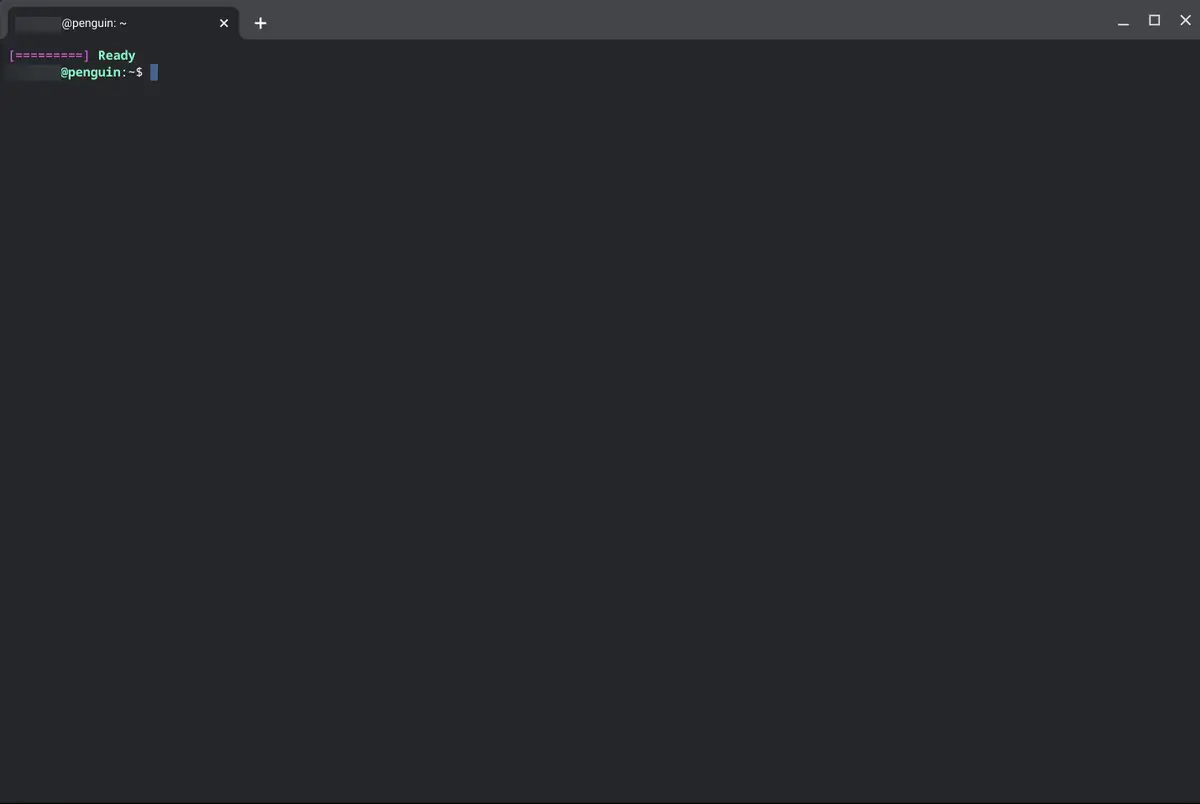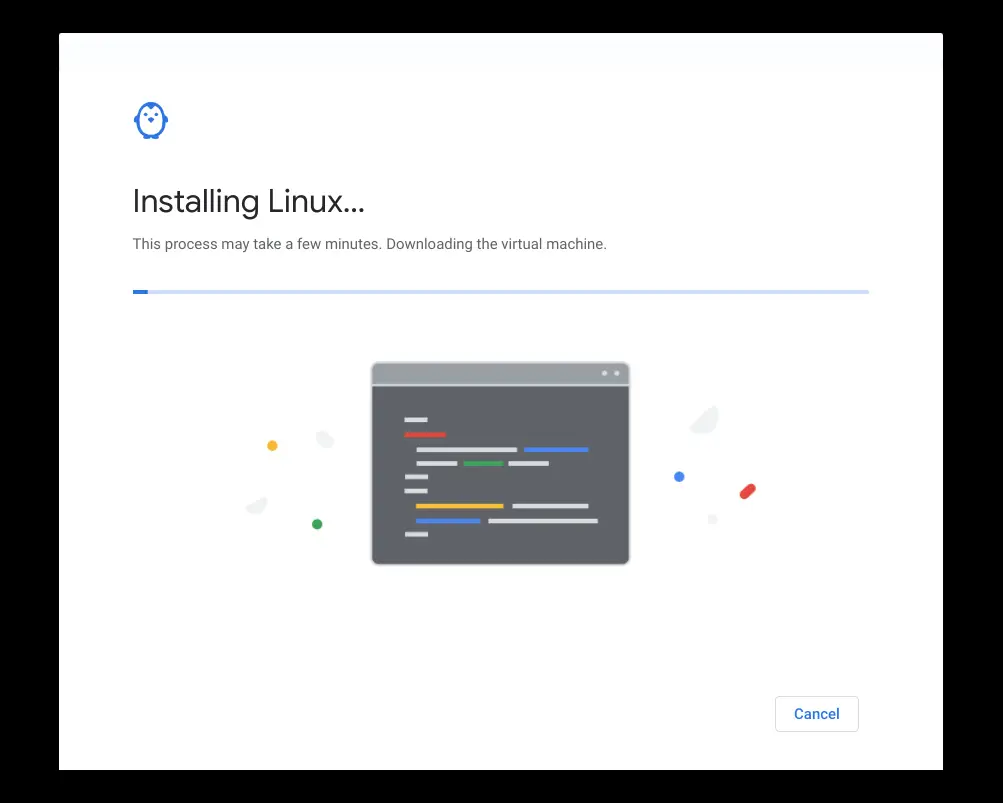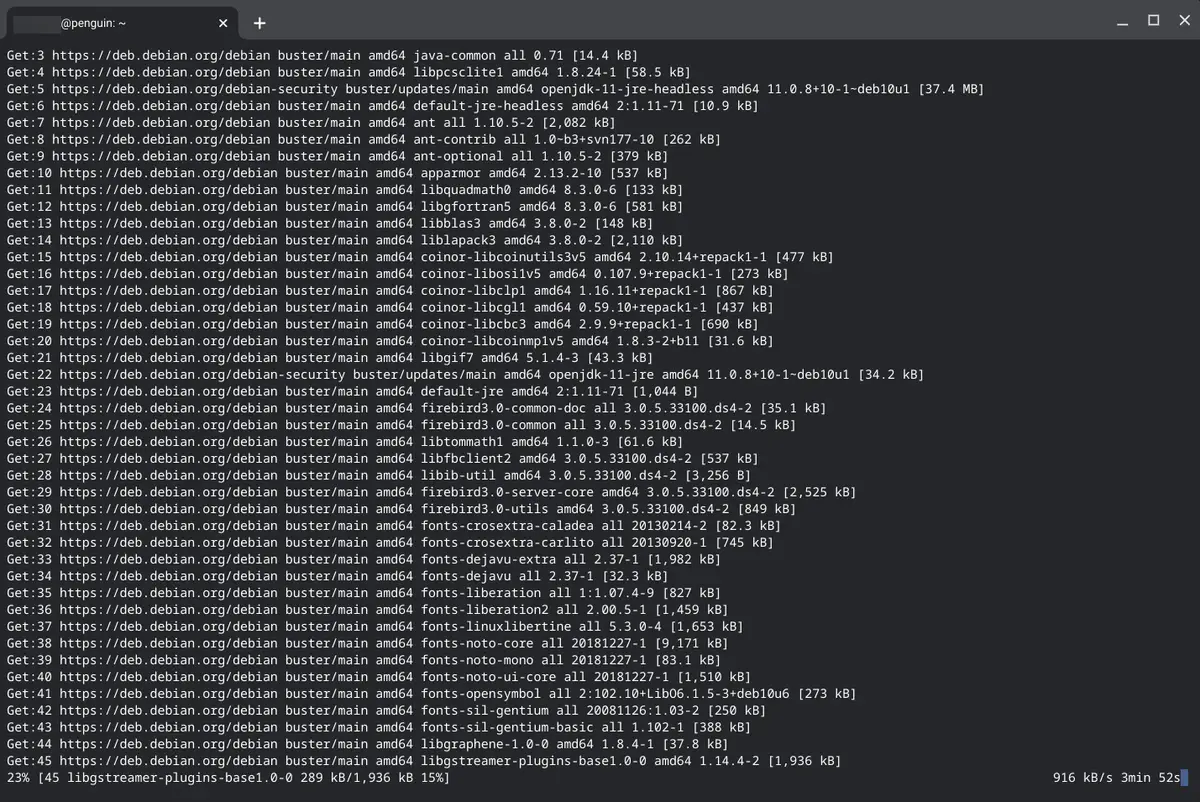Many people are surprised to learn that FydeOS supports Linux.
The OS that began as a totally web-centric entity — with everything focusing around the browser and apps that could run inside it — has developed into one of the most adaptable computing systems in our life today. FydeOS can connect to Google’s whole Play Store and run practically almost any Android app imaginable, in addition to running all of the regular web-based stuff.
With a few tweaks, FydeOS can even run Windows applications! As if that wasn’t enough, numerous models now have the capacity to run Linux programs.
For the uninitiated, Linux is a free and open-source operating system beloved with developers, privacy advocates, and a plethora of other technically savvy people.
Despite its “nerdy” reputation, Linux is utilized for a wide range of everyday tasks, including in the industry. When people mention Ubuntu, Mint, or Raspbian, they’re referring to specific varieties, or “distributions,” of Linux. Even FydeOS and Android use Linux technology.
Despite its advantages, it’s true that Linux isn’t always the most user-friendly.
Installing Linux apps in generally isn’t as easy as it seems, especially if you’re unfamiliar with command-line interfaces. You don’t have to wade into those intimidating waters anymore, and even if you do, it’s not as difficult as it seems.

To use Linux apps on FydeOS, you’ll need to roll up your sleeves and learn a little geeky knowledge. Let us take it one step at a time.
First, why bother? As with most FydeOS users, Linux apps are part of a virtual Bizarro World, with unfamiliar titles and interfaces that need a steep learning curve.
Actually, if FydeOS does everything you need, you probably don’t need Linux whatsoever.
This isn’t meant to be for everyone; it’s meant to fill in the gaps for a small subset of advanced “nearly there” users who can get by with a combination of cloud-centric software and Android apps but have one or two specific demands that other categories of programs can’t cover.
With Linux app support, Your FydeOS can run Photoshop-like image editing software. You can run powerful audio and video editing software that outperforms web-based or even Android apps.
Most importantly, you can even run code editors, including Google’s own official Android Studio development tool!
Eliminating these types of niche-level asterisks goes a long way in expanding the ecosystem’s appeal and shedding its long-standing limitations.
Activing Linux on FydeOS
If you think you’d benefit from using Linux on your FydeOS device, or just want to see what’s available, check to see the following.
Devices with Intel based chips should support Linux, but some hardware and software requirements still apply, so not all machines qualify.
To check if your device supports Linux apps, simply browse the FydeOS settings, Go to the left menu and select “Linux (Beta)” or simply type Linux into the search box at the top.
You’re good to go if you see “Linux (Beta)” pop up, or you might need to update to a newer version of FydeOS if you don’t see it. If you still can’t see it, feel free to share the screenshot or error message in support community!
On your FydeOS device, look for a Linux-related option. Click it and follow the steps that appear.
The system will ask for a username (which can be anything you like) and how much hard driver space you want to allocate to your Linux subsystem (which you can always adjust later). Then it’ll take a few minutes to install and configure everything.

A terminal window similar to the one we saw earlier will appear. Congratulation! Your FydeOS device can now run Linux on it, and the real fun begins now.
How to install Linux programs on FydeOS
Most Linux apps for FydeOS can be installed by finding a Debian file, which is an installation package that ends in.deb.
Let’s imagine you wanted to install Slack on your FydeOS device to have a native-desktop-like business messaging experience.
You’d head to the Linux downloads page of the Slack website (or search “Slack Linux app,” if you weren’t sure where to begin), and there, you’d stick to the .DEB file and click download:

To install the .deb file, simply open the Downloads folder in the system Files app on your FydeOS device, locate the file, and double-click. The system will ask you to confirm that you want to proceed.

Click the Install button, and the software will be installed without any command line quirks. An icon for it will appear in your app drawer.
This is the easiest and most painless way to install Linux apps on FydeOS, and you can find.deb files for many popular Linux apps online. However, if you can’t find a.deb file for a software, you can always install it via the terminal.
To use Terminal, simply locate it in your app launcher and click it. Once the terminal is fully loaded, enter sudo apt-get install followed by the app’s official codename, which you can get by checking a reliable Linux applications reference or creative Googling.
For example, to install LibreOffice, a popular and open-source MS office alternative, open the terminal and type:
sudo apt-get install libreoffice
Also, while Ctrl-V won’t work in the terminal window, you may copy text from a regular browser tab and right-click (or two-finger click on a touchpad) it to make it show.
As soon as you press enter, the system displays information and asks you to confirm the setup. just type y and hit enter again, then wait for the installation.

Watch as a lot of text scrolls down the screen throughout download, unpack and installation. Patiently await the results! When the scrolling stops and the terminal returns to the green command prompt, follow the screen instruction to safely exist, and look for your newly installed app on your launcher.
Then you can use the app like any other program on your smartphone, regardless of how you installed it. However, for security reasons, Linux software can only access its “Linux files” folder within the local storage, together with any directories you expressly grant them access to.
You must first launch the Files app and copy the file into the “Linux programs” category before you can access it from your local storage, external disk, or any associated cloud storage services. Or, in the Files app, right-click a folder and select “Share with Linux” from the menu.
How to update/uninstall Linux app on FydeOS
Next on our list of not-so-user-friendly reminders: Linux apps don’t automatically update themselves or even alert you when updates are available; you must manually check for updates via the terminal. In addition, you can check for updates for all Linux apps at once rather than individually.
Open the Terminal app and type:
sudo apt-get update & upgrade
This command searches for updates for all Linux programs and then downloads and installs them. This happens automatically once the command is entered, with only one further confirmation required. Linux is peculiar.
To uninstall an app, simply right-click the app’s icon in your app drawer and select “Uninstall.” A similar command (substituting “libreoffice” with whatever app you want to uninstall) is:
remove libreoffice
That is, my techie friend! let’s welcome you to the world of Linux programs on FydeOS. For those of us who need it and are brave enough to pursue it, the rewards are plentiful.